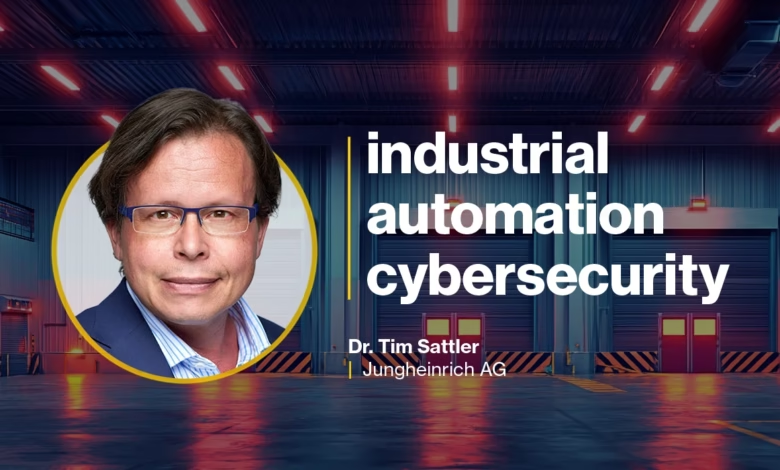Boost Cyber Resilience for Always-On Industrial Systems

▼ Summary
– Smart warehouses and industrial control systems (ICS) face unique cybersecurity risks due to expanded attack surfaces from technologies like PLCs, IoT devices, and legacy protocols lacking encryption.
– Cyber resilience in 24/7 operational environments requires maintaining core functions during incidents through segmentation, strict access controls, and real-time monitoring tailored for industrial systems.
– Building a security-first culture involves tailored awareness campaigns, modular training, and positive reinforcement for engineers and operators to recognize and report threats.
– Third-party cybersecurity risks are managed through tiered supplier assessments, contractual security clauses, and joint exercises to identify vulnerabilities.
– Future-proofing security in evolving automation requires CISOs to focus on risk management and enabling progress while adapting to new technologies.
Smart warehouses and industrial control systems face growing cybersecurity threats as automation expands across supply chains. These environments combine legacy equipment with cutting-edge robotics, creating complex security challenges that demand specialized solutions. Dr. Tim Sattler, a leading industrial CISO, offers insights into building resilience without disrupting critical operations.
What makes smart warehouses and industrial systems uniquely vulnerable to cyber threats?
Modern warehouses rely on interconnected technologies like PLCs, autonomous robots, and IoT-enabled forklifts to maximize efficiency. However, these systems were often designed for reliability, not security. Many still use outdated protocols lacking encryption or authentication. Adding connectivity for remote monitoring or ERP integration introduces new risks without proper safeguards.
Another challenge stems from the merging of IT and OT networks, which historically operated separately. A single vulnerability, like an unpatched robot controller or misconfigured inventory system, can provide attackers a foothold to disrupt entire operations. Understanding these interdependencies is key to crafting effective defenses.
How can organizations maintain security without sacrificing uptime in 24/7 environments?
For warehouses, even brief disruptions ripple through supply chains. Cyber resilience isn’t just about blocking attacks, it’s ensuring core functions continue during and after an incident. Strategic planning starts with architecture: segmenting critical systems, enforcing strict access controls, and designing fail-safes to contain breaches. Real-time monitoring tools tailored for industrial settings are essential, as they detect anomalies without slowing operations.
Equally important is recovery preparedness. Offline backups, tested incident response plans, and failover procedures developed alongside operations teams minimize downtime. Resilience also extends beyond the warehouse, delays in maintenance or parts delivery due to cyber incidents can cascade into broader operational risks.
What’s the best approach to fostering security awareness among non-IT staff?
Security must align with daily workflows, especially for engineers and operators focused on productivity. Generic training won’t cut it; messages should be concise, relevant, and delivered in context. For example, forklift operators don’t need deep technical knowledge but should recognize threats like suspicious USB devices left near workstations.
Modular training, such as 3-minute videos or shift briefings, ensures engagement. Positive reinforcement also works: rewarding staff for reporting potential threats builds a culture where security is seen as an enabler, not a hindrance.
How should companies handle third-party risks in logistics partnerships?
Supply chain vulnerabilities rank among the toughest challenges. A tiered risk management program helps, categorizing partners by criticality. High-risk vendors, like those with remote system access, must adhere to strict contractual terms, including incident reporting and data handling rules.
Regular tabletop exercises simulating third-party breaches reveal weak links. Collaboration is vital, sharing best practices elevates partners’ security postures, reducing collective risk.
What steps future-proof security as automation advances?
Industrial cybersecurity balances risk management with innovation. To achieve long-term readiness, companies should focus on adaptability: Invest in scalable solutions that evolve with new technologies.
(Source: HelpNet Security)





